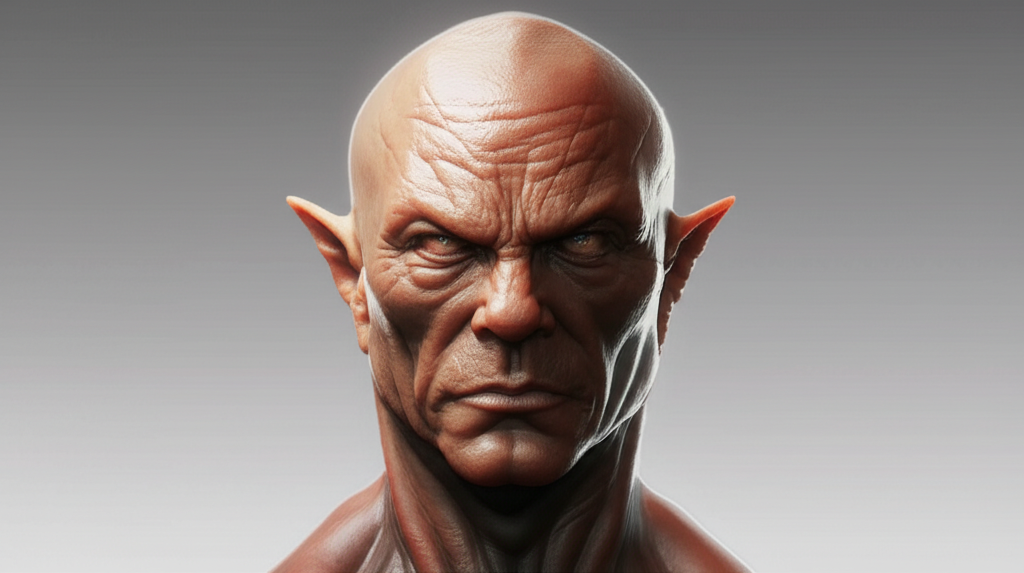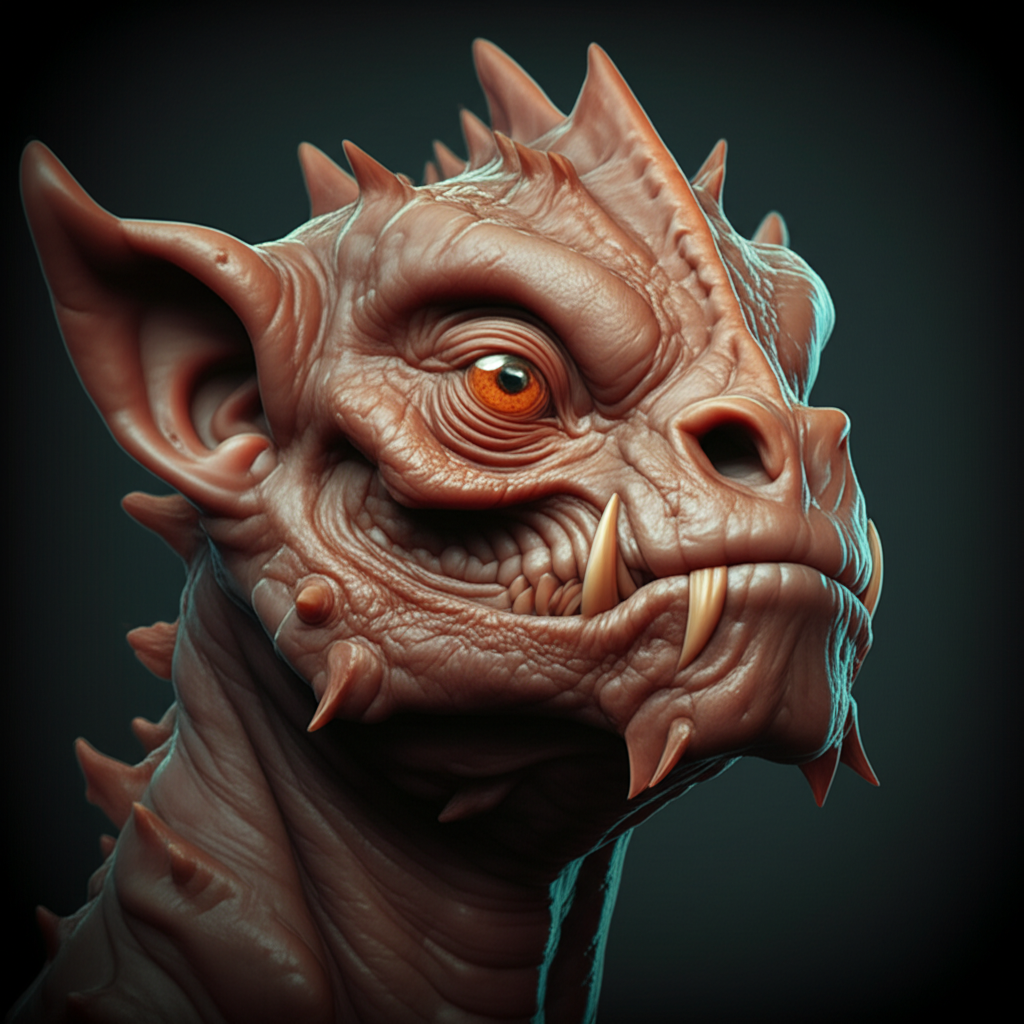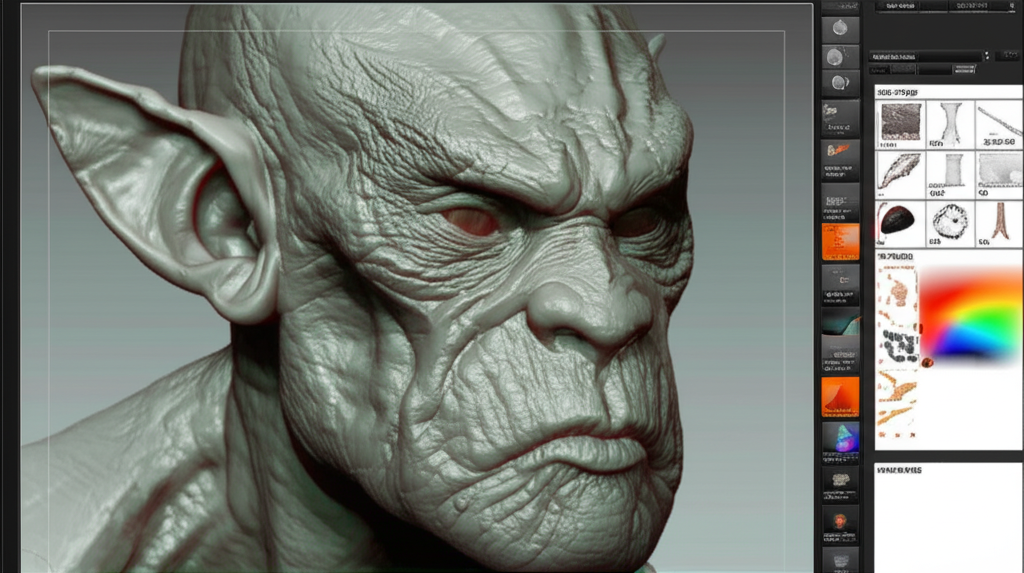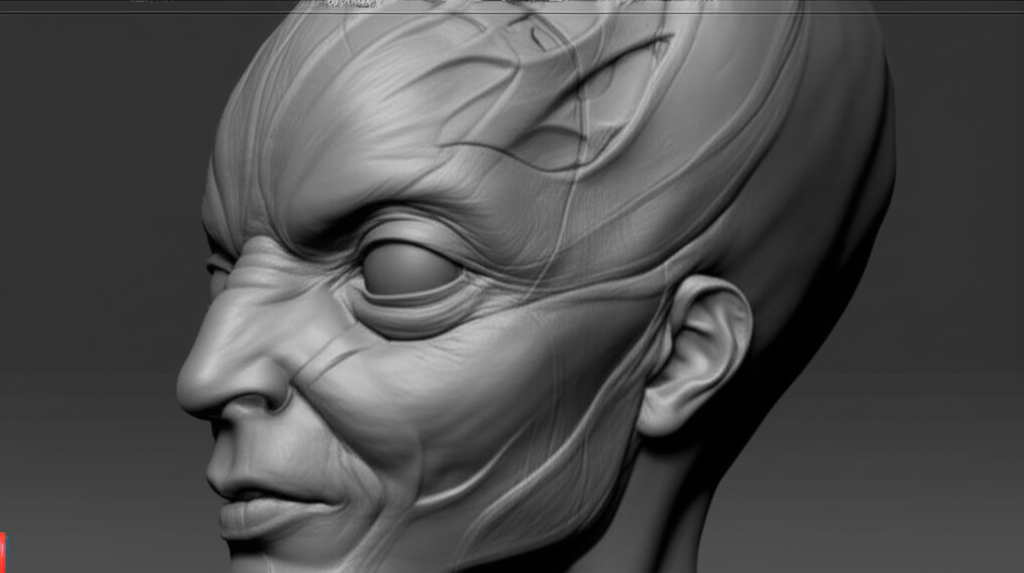ZBrush, renowned for its powerful sculpting capabilities, has revolutionized the 3D art world. From concept artists and game developers to illustrators and filmmakers, professionals across diverse creative fields rely on ZBrush’s intuitive interface and robust features to bring their imaginative visions to life. Its unparalleled ability to create incredibly detailed and expressive models makes it a cornerstone of modern digital sculpting. This article delves into the intricacies of this impressive software, exploring its core strengths and showcasing its impact on the industry.
Understanding ZBrush’s Interface: A Sculptor’s Digital Canvas
Navigating the ZBrush interface might seem daunting at first glance, but its intuitive design, particularly once you grasp the fundamentals, allows for remarkably fluid and expressive sculpting. The core of ZBrush’s workflow revolves around the use of brushes, each offering a unique sculpting ability. These range from simple clay-like tools to highly specialized instruments for intricate details, allowing for remarkably nuanced control over the model’s form. The software is fundamentally brush-based, emphasizing a direct manipulation style that encourages experimentation and rapid iteration. Mastering the brush dynamics—pressure sensitivity, stroke length, and other parameters—is key to unlocking ZBrush’s full potential. This isn’t just about shaping; it’s about the feel and expressiveness of the digital clay.
Mastering Essential Tools and Techniques
Beyond the brush engine, ZBrush offers a wealth of features that contribute to its sculpting prowess. The software’s powerful masking tools allow artists to isolate specific areas of the model, ensuring precise control over sculpting operations. This precision is further enhanced by features such as the Move brush for overall adjustments, the Inflate and Smooth brushes for refining form, and the incredible array of specialized brushes designed for specific needs, like adding intricate surface details or creating complex hair or fur. Symmetry and mirroring tools drastically speed up the sculpting process, permitting focused work on one half of a model with the other half mirroring the changes automatically.
ZBrush: Advanced Techniques for Highly Detailed Models
Achieving a high level of detail is where ZBrush truly shines. Features like SubD modeling permit quick adjustments to overall form without sacrificing detail, while the powerful Dynamesh functionality makes it straightforward to add or remove geometry seamlessly. This allows for iterative sculpting, enabling artists to continuously refine their creations with ease. ZBrush also incorporates various techniques for adding highly realistic surfaces, textures, and intricate details. The ability to quickly and intuitively add surface details and imperfections, making models feel lived-in and realistic, is a hallmark of ZBrush’s power.
Advanced Techniques: Beyond the Basics
ZBrush extends far beyond basic sculpting. PolyPainting allows artists to directly paint textures and colors onto their models, eliminating the need to switch between separate programs. This integrated approach streamlines the workflow and promotes efficient creative development. The software also includes impressive rendering capabilities for quick previews and presentation renders, enabling an immediate visual assessment of the model’s progress. These integrated capabilities significantly expedite the sculpting process, reducing wasted time and allowing for more focused creative energy.
Polypainting and Texturing in ZBrush
PolyPainting is an incredibly powerful feature in ZBrush, allowing for fast and efficient texturing directly on the 3D model. This seamless workflow is a significant advantage, greatly reducing the number of steps required to create a fully realized model. By leveraging the strengths of PolyPainting, artists can achieve a high level of surface detail and realism with much greater efficiency. Combined with the material and shader options, PolyPainting allows for exceptional rendering capabilities directly within the ZBrush environment itself.
ZBrush: Sculpting for Different Applications
ZBrush’s versatility is apparent in its widespread adoption across diverse fields. Game developers use the software to create detailed character models and environment assets; concept artists leverage its capabilities for creating highly polished visualizations; and animators use its tools to craft characters with realistic and expressive features. Regardless of the specific area of 3D art, ZBrush provides the tools and flexibility to ensure professional-level outcomes. The smooth workflow, combined with powerful rendering features, enhances the end result and creates a user experience that seamlessly transitions between the creative and technical aspects of 3D asset creation.
The Future of Digital Sculpting
As the 3D art world evolves, ZBrush maintains its position as a leading sculpting software, continuously receiving updates and enhancements. Many artists consider ZBrush an indispensable tool in their digital sculpting arsenal, owing to its capabilities and intuitive methodology. Its consistent evolution and wide adoption ensure it will remain a key player in the world of digital artistry for years to come. Its user-friendly design (once the fundamentals are understood) coupled with its powerful feature set strikes the perfect balance between accessibility and superior results.
Download our brushes on ArtStation! Click here to download



